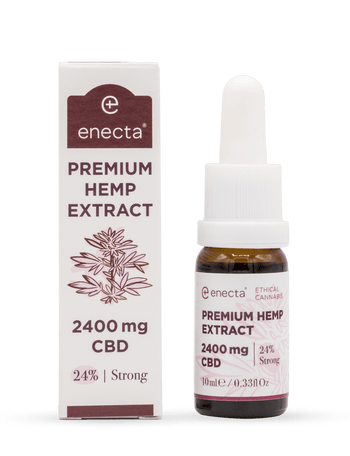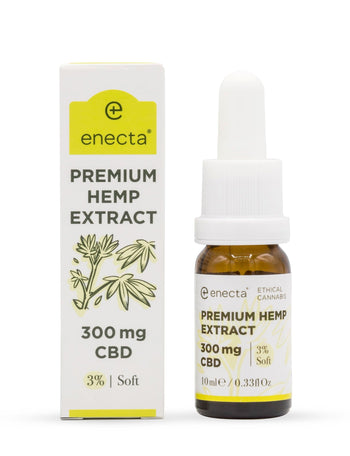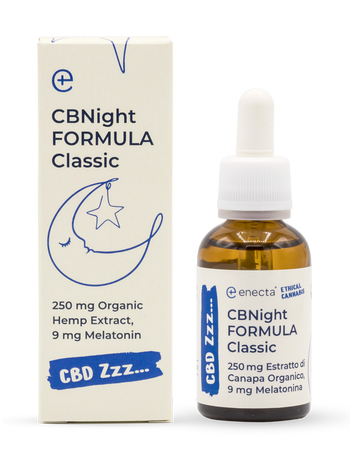According to a 2018 National Survey on Drug Use and Health, Marijuana is the most commonly used illicit substance in the United States. This includes 3.1 million adolescents aged between 12-17 in 2018. This equates to around 1 in 8 adolescent children, not a small number starting at age 12.
What does this mean for our children? To understand this, we first need to understand marijuana and its compounds.
What is Marijuana/Cannabis?
Marijuana is a plant named Cannabis sativa or Cannabis indica, most commonly smoked as a joint, through a “bong,” or consumed as a delicious treat (a brownie or cookie). In recent years there has been a growing trend in the use of ‘vapes’ or vaporizers to avoid smoking and increase its potency. Over the past few decades, marijuana has been grown to increase THC potency levels. In the 1990s, an average marijuana plant contained around 4% THC. Marijuana plants now hold up to 15% THC, which is where the problem lies for experimental teens.

What is THC?
Unlike CBD (another compound found in marijuana), THC is a psychoactive phytocannabinoid and is found only in the flower of the plant. There are over 500 chemical compounds in marijuana. THC is the famous cannabinoid responsible for the plant’s psychotropic effect making users feel ‘high.’
The chemical structure of THC is similar to a cannabinoid in the human brain called anandamide. The similarity in these structures means the body recognizes THC, making it possible for THC to modify normal brain transmission. Cannabinoids act as neurotransmitters sending chemical messages between nerve cells affecting different areas of the brain. Let’s look further into how this affects the teenage brain.
How THC Affects The Developing Brain
The teenage brain is still under construction!
Susan Weiss, Ph.D., National Institute on Drug Abuse (NIDA), states that:
“There are a lot of open questions” around the long-term effects of marijuana, "but there's growing literature, and it's all pointing in the same direction. Starting young and using frequently may disrupt brain development.”
THC has been found to affect attention, memory, learning, and decision-making. Studies have shown they can last for days.
There have been multiple adverse outcomes associated with adolescence who participate in heavy use of marijuana, such as poor school performance, high dropout rates, low life satisfaction, greater unemployment, and higher rates of welfare dependence.
In a study performed by Duke University psychologist Terrie Moffitt, Ph.D., and colleagues, participants were questioned about marijuana use between the ages of 18-38. They also underwent neurological testing at ages 13 and 38. Researchers found that marijuana use was linked to lower IQ.

These Findings Make Sense: considering how the brain’s frontal cortex develops
During our teenage years and into our early 20’s the frontal cortex is still developing and therefore sensitive to any type of drug exposure that can modify communication within our brain and nervous system.
The frontal cortex is the area of the brain responsible for:
- Critical planning
- Judgment
- Decision making
- Personality
It is also one of the last regions of the brain to finish developing.
Another interesting fact about the adolescent brain is that it has a juvenile endocannabinoid system and is essential for:
- Cognition
- Neurodevelopment
- Stress responses
- Emotional control
**Remember THC binds to the cannabinoids affecting brain messages
Small Doses Have Big Benefits
THC isn’t all harmful. There are many benefits to THC use in cases such as:
- Chronic pain
- Inflammation
- Nerve damage
- Glaucoma
- Increased appetite
However, with rising potency in the unregulated sale of marijuana, the potential for misuse is high. The effects on the developing brain could cause lifelong issues for adolescent users.
Final Thoughts
The recreational use of THC could damage a teenager’s development. Studies have shown that THC can have a beneficial “entourage effect” when combined with other cannabinoids like CBD. However, unregulated marijuana is still known to contain much higher THC levels than suggested for medicinal purposes. Therefore, recreational use of THC is not considered a safe practice for teenagers. The information we have on THC and brain development indicates a great need for caution.
Do you want more information about CBD?
Fill the form and download our Free Guide!


































